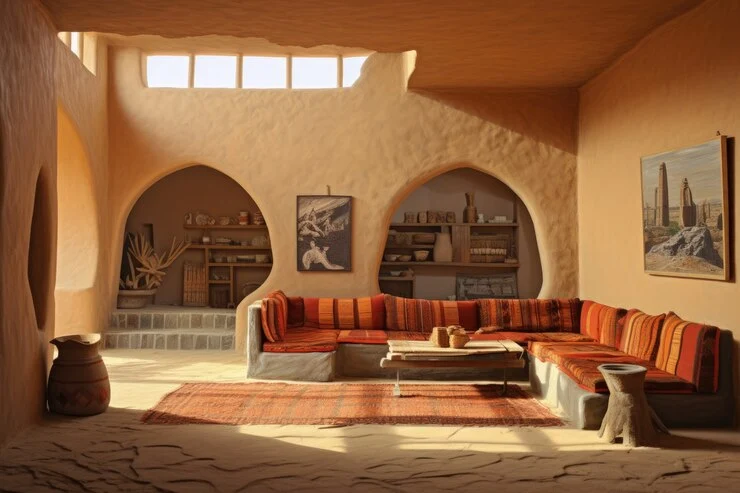Antique home decor offers a unique opportunity to infuse your living space with character, history, and a sense of timelessness. Unlike modern furnishings, which can often feel impersonal, antique pieces carry stories and craftsmanship that add depth to your home. In this article, we’ll explore the different aspects of antique decor, from selecting the right pieces to incorporating them into your design.
The Allure of Antique Decor
Antiques are not merely old objects; they represent various eras and styles, showcasing the artistry of past generations. Whether it’s a Victorian chair, a mid-century side table, or an Art Deco lamp, each piece has its own narrative. The allure of antiques lies in their uniqueness and the nostalgia they evoke. Incorporating them into your decor allows you to create a space that feels both personal and inviting.
Choosing the Right Antique Pieces
Identify Your Style
Before diving into the world of antiques, take some time to identify your personal style. Are you drawn to rustic farmhouse aesthetics, elegant Victorian designs, or perhaps the sleek lines of mid-century modern pieces? Knowing your preferred style will help narrow down your choices.
Visit Antique Shops and Markets
Explore local antique shops, flea markets, and estate sales. These venues often feature a diverse range of items at various price points. Take your time to browse and ask questions. You may stumble upon hidden gems that resonate with your aesthetic.
Consider Condition and Authenticity
When purchasing antiques, pay attention to their condition. Some wear and tear can enhance the character of a piece, while others may require restoration. Additionally, verify the authenticity of items to ensure you’re getting a true antique rather than a reproduction.
Incorporating Antiques into Your Decor
Mix and Match Styles
Don’t be afraid to mix antique pieces with contemporary decor. This eclectic approach can create visual interest and balance in your space. For example, an ornate antique chandelier can contrast beautifully with modern furniture.
Create Focal Points
Use larger antique items as focal points in your rooms. A stunning antique armoire or a beautifully crafted dining table can serve as the centerpiece of your space. Surround these pieces with complementary decor to enhance their visual impact.
Accessorize Thoughtfully
Incorporate smaller antique accessories like vases, clocks, or picture frames on shelves, mantels, or side tables. These items can add layers of interest without overwhelming the space. Choose pieces that reflect your style and harmonize with your color palette.

Maintaining Your Antique Decor
Proper care is essential to preserving the beauty of your antique items. Here are some maintenance tips:
Regular Cleaning
Dust your antiques regularly with a soft cloth. Avoid using harsh chemicals or abrasive materials that could damage the finish.
Control Sunlight Exposure
Excessive sunlight can fade fabrics and tarnish metals. Position your antiques away from direct sunlight or use sheer curtains to filter light.
Climate Control
Maintain a stable environment for your antiques. Extreme temperature changes and humidity can cause damage. Using a dehumidifier can help preserve wooden pieces.
The Benefits of Antique Decor
Sustainability: Choosing antiques is an eco-friendly option that reduces the demand for new furniture production. It promotes recycling and sustainability.
Investment Value: Many antique pieces appreciate over time, making them a worthwhile investment. Well-maintained items can become family heirlooms.
Unique Character: Each antique carries a unique history and character, allowing you to create a personalized space that reflects your taste and style.
Conclusion
Antique home decor is a beautiful way to enhance your living space with timeless charm and individuality. By thoughtfully selecting, incorporating, and maintaining antique pieces, you can transform your home into a warm, inviting retreat that tells a story. Embrace the beauty of antiques and let them elevate your home decor to new heights.
